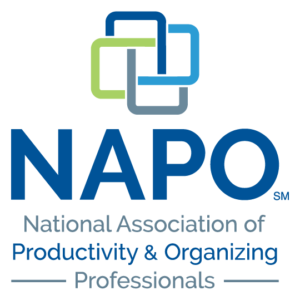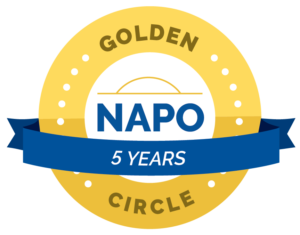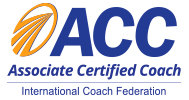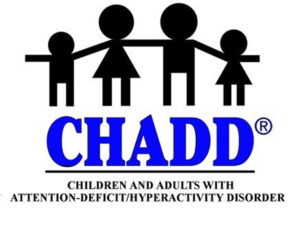Synergy happens when opposite perspectives are explored.
It is human nature to come at any situation with our own personal history and bias. It’s difficult to be understanding and empathic with someone else’s perspective if we haven’t experienced their experiences.
When I was a Director at Macy’s, I supervised several people many years my junior. I will readily admit that my perspective at the time was that I knew best. My expectation was for them to follow my lead and do things they way they’d always been done, my way. Fortunately I managed brilliant people that would frequently push back with suggestions to do things in another (generally more efficient) way. However, that meant that I had to open my mind to being curious about their perspective.
I’d like to say this was an easy transition, but it was not. However, the more I exercised the curiousity muscle, the better we became as a team.
“I’d like to telecommute.”
Oh my gosh, this was one of the hardest hurdles for me to jump over. I was their manager, how in the world could I “manage” them when they weren’t in the office? Would they take advantage of the freedom? Would they be doing laundry when they should be working on spreadsheets? How could we effectively work as a team when the team wasn’t together? All valid concerns because I’d not experienced the telecommuting enviroment. So, I excercised my curiousity muscle and asked my team to “educate me” on how they thought telecommuting would work. What parameters were they envisioning (every day? once a week? whenever convenient?). I asked them to create the boundaries and accountability. It worked so well, I started telecommuting once a week also. Win. Win.
“The information on this report is no longer relevant.”
“No, I’m sure someone would have told us if it wasn’t necessary” was what I wanted to say. But exercising the curiosity muscle necessitated me being open to another point of view. “What’s driving you to believe it’s irrelevant?” “How can we find out if it is relevant to the other stakeholders?” “Is there something else more relevant to the success of our team?”
“The training we are providing isn’t working.”
Argh! Managing a training program is difficult and expensive and I really didn’t want to start from scratch, but the curiousity muscle was already being engaged. “What makes you think it’s broken?” Well, they were curious themselves and asked questions. Lots and lots of questions. “What’s your vision of the new program?” The suggested replacement program was a well thought-out curriculum. “How will we know if it’s working.” A new report was suggested that included data points that I didn’t even know existed.
Exercising my curiousity muscle didn’t mean that I accepted every thought or suggestion that came my way. But, by openly listening without judgement to a different perspective showed that I truly valued the team member and their contribution to the team as a whole.
How can you show your co-worker, friend or family member that you sincerely value their perspective?
Cindy Jobs, COC, ACC
Looking for more information?
Click here for 15-minute organizing tips.
National Association of Productivity & Organizing Professionals, Seattle Chapter Vice-President
International Coach Federation
Institute for Challenging Disorganization
Level I Certificates earned in Chronic Disorganization; ADD; Client Administration; Time Management; Mental Health; and Hoarding.
Level II Specialist Certificates earned in Chronic Disorganization and ADHD










